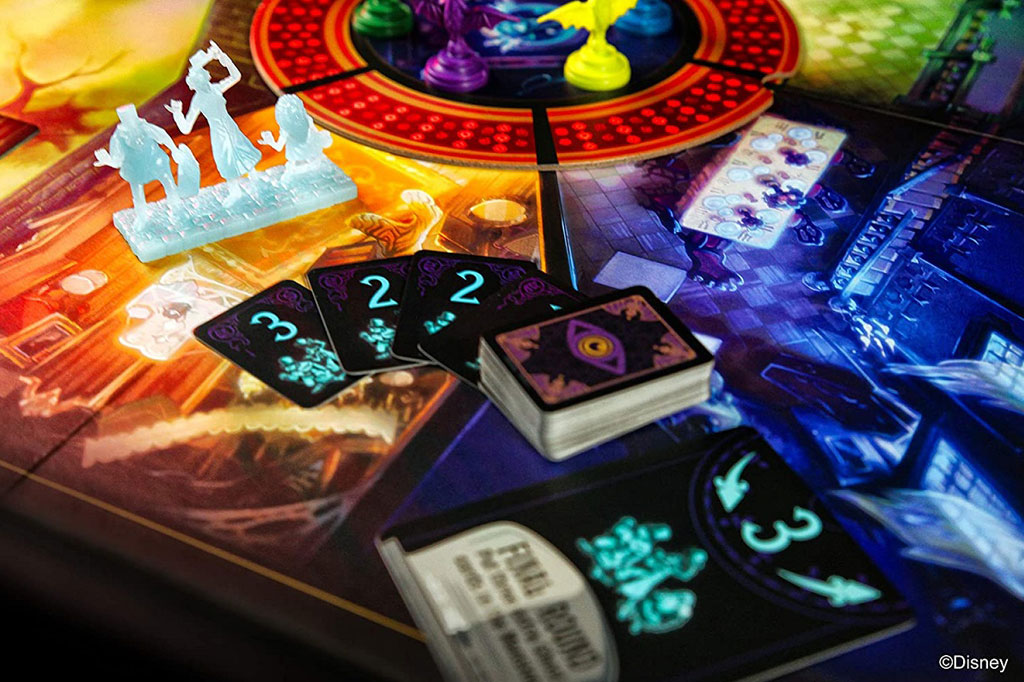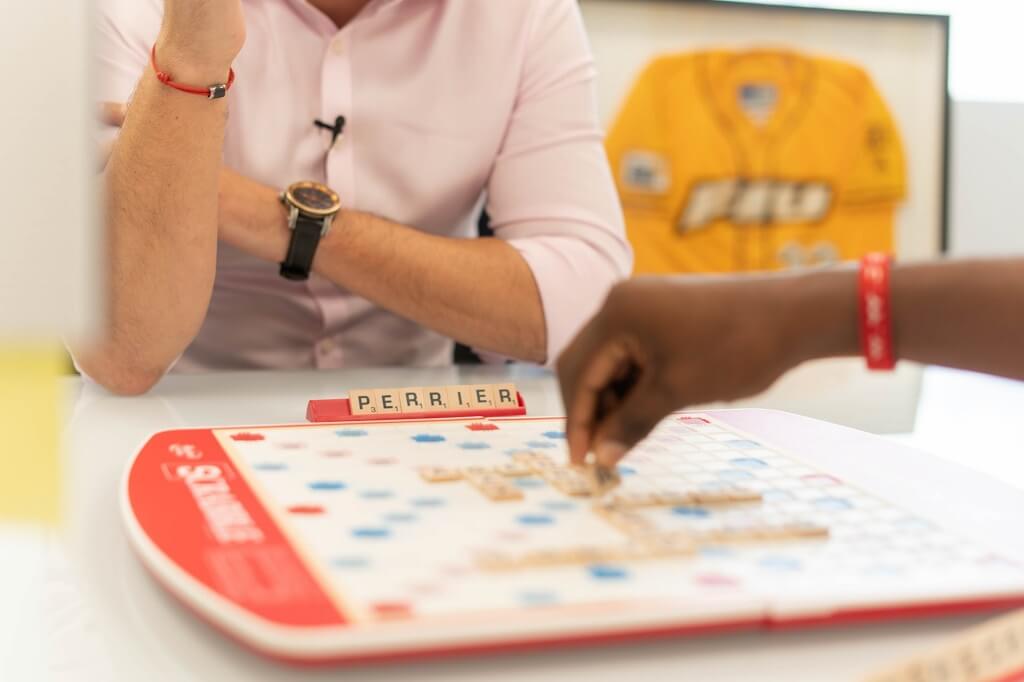Halloween is more than costumes and candy, it’s the perfect time to gather friends and family around the table for a fright-filled game night. Designing your own spooky Halloween board game can be both thrilling and rewarding, combining creativity, storytelling, and clever gameplay mechanics.
If you want to craft a terrifyingly tense experience of haunted adventure, here’s a step-by-step guide to help you bring your creepy concept to life.
Table of Contents
1. Start with the Core Theme
Every successful Halloween board game starts with a strong, immersive theme. Ask yourself: What kind of spooky experience do I want players to have?
Some popular Halloween themes include:
- Haunted mansions filled with wandering spirits
- Cursed graveyards with lurking monsters
- Witch covens competing for magical power
- Zombie outbreaks in small towns
- Creepy carnival mysteries
Once you’ve chosen your theme, think about the tone. Will your game be genuinely scary, with jump scares and tension, or will it lean more toward whimsical, family-friendly spookiness? Your choice will influence everything from the art style to the rules.
2. Define the Objective
A clear game objective gives players a reason to stay engaged. In spooky games, the objective often revolves around survival, escape, or uncovering a mystery. Here are some ideas:
- Survive until sunrise without being caught by the ghost.
- Find the missing key to escape the terrifyingly haunted house.
- Solve a series of creepy riddles before the clock strikes midnight.
- Collect magical ingredients for a potion before rival witches do.
The key is to make the goal urgent, Halloween board games thrive on suspense, and urgency keeps players hooked.
3. Choose the Game Mechanics
Mechanics are the backbone of your game’s playability. Common spooky board game mechanics include:
- Movement and exploration – Players move through a map (like rooms in a mansion or paths in a forest) to discover items or clues.
- Hidden roles – One or more players secretly work against the others (e.g., one player is secretly the werewolf).
- Timed challenges – A sand timer or countdown deck adds pressure and urgency.
- Resource management – Players gather limited resources to survive or win.
- Storytelling and choice-making – Decisions shape the outcome, adding replay value.
Mixing two or more mechanics can create a richer game, but avoid making it too complicated for first-time players.
4. Create a Spooky Setting

Your board layout is the stage where the horror unfolds. Think about how the design can enhance suspense:
- Haunted House Board – Rooms connected by twisting hallways, with certain doors locking unexpectedly.
- Modular Tiles – Pieces that change each playthrough, creating an unpredictable experience.
- Pathways in Darkness – Only parts of the board are visible at a time, revealed as players “light” them.
If you want to elevate the eerie atmosphere, consider adding physical props like mini lanterns, glow-in-the-dark pieces, or even sound effects triggered by a phone app.
5. Build Suspense with Game Flow
The pacing of your game can make the difference between mild amusement and gripping tension. To maintain suspense:
- Introduce obstacles progressively – Start easy and increase difficulty over time.
- Limit player safety – Safe zones should be temporary or unreliable.
- Add a ticking clock – The looming deadline keeps players on edge.
- Randomize threats – Monsters, curses, or traps should appear unpredictably.
A good trick is to create moments where players must take risks – do they search another room for a clue or run to safety?
6. Design Creepy Characters and Villains
Memorable characters breathe life (or afterlife) into your game.
- Protagonists could be brave trick-or-treaters, paranormal investigators, or unlucky townsfolk.
- Villains might include vengeful ghosts, evil clowns, vampires, or a shape-shifting monster.
If you’re designing for a family audience, villains can be funny and cartoonish, like a clumsy skeleton. For older players, you can go darker with unsettling backstories and more intense visuals.
7. Play with Fear and Fun in Artwork
The artwork should match your intended level of spookiness.
- Family-Friendly – Use bold colors, exaggerated expressions, and playful designs.
- Creepy Horror – Opt for muted tones, sharp shadows, and eerie details.
Typography also matters, spidery lettering or dripping text can make titles and cards feel more thematic. And don’t forget your box design – it’s the first thing players will see and sets the mood before they even open the game.
8. Test and Refine
Playtesting is where your Halloween board game truly comes alive. Invite a mix of players – kids, adults, and board game enthusiasts, and observe their reactions. Ask questions like:
- Did the rules feel clear?
- Was the game too easy or too hard?
- Did the spooky theme come through in gameplay?
Make adjustments based on feedback. Sometimes, a simple rule tweak can dramatically improve tension or balance.
9. Add Final Thematic Touches
Before you call your game complete, sprinkle in those little extras that make it unforgettable:
- Spooky music playlist for background atmosphere.
- Glow-in-the-dark dice or pieces.
- Mini story cards with creepy events to read aloud.
- Seasonal exclusives like pumpkin-shaped tokens for an October edition.
These small details can turn a good game into a Halloween tradition.
Final Thoughts
Designing a spooky Halloween board game is about more than ghosts and ghouls, it’s about creating an immersive experience that makes players’ hearts race. By combining a strong theme, clear objectives, engaging mechanics, and chilling aesthetics, you can craft a game that delights and terrifies in equal measure.
And remember: the scariest part isn’t the monsters—it’s running out of time before the final turn.




